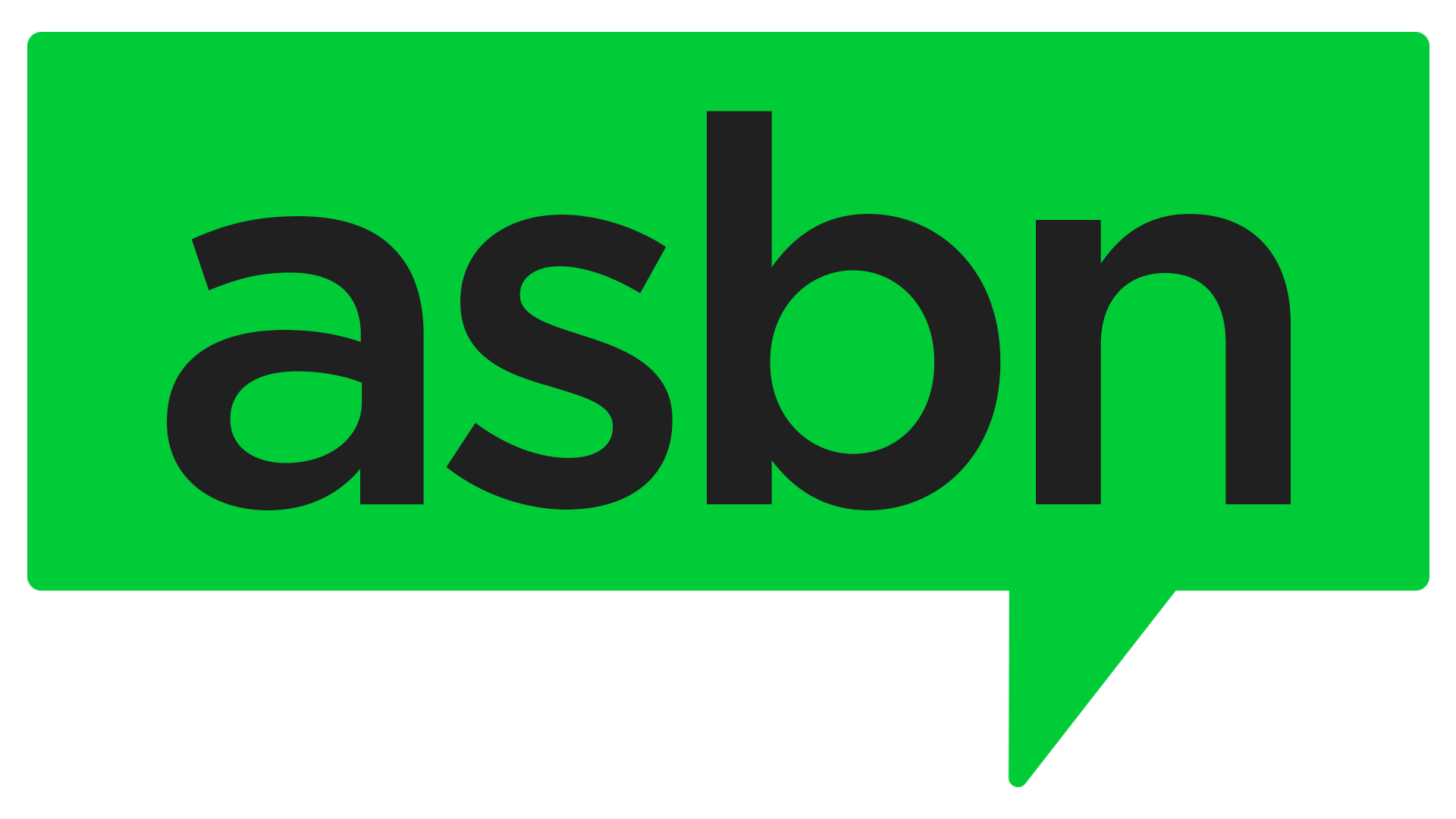The Small Business Administration (SBA) is changing its lending policies to encourage venture capital investments in small businesses and startups.
The new loan guidelines apply to the Small Business Investment Company (SBIC) program, an initiative started in the 1950s under the Eisenhower Administration. The initiative provides loans to participating venture capitalist firms, which are then required to invest their new funds into small businesses, traditionally seen as risky choices. Previously, the SBIC required venture capitalist firms to pay interest on a semi-annual basis, a rule which allowed for variable rates. Now, investors have access to a new fixed-interest loan option with rates based on the life of the fund, meaning the total can be calculated and paid upfront. Under the Biden Administration’s current budget, the SBA was granted $5 billion to distribute under the SBIC program in fiscal year 2023 (ending next month) but expects to receive $6.9 billion in fiscal year 2024 (starting October 2023 and ending September 2024). The higher allocation comes amidst a surge in small business creation in the U.S.
Since its creation, the SBIC initiative has struggled to gain traction. In 2022, roughly $1.2 billion of the program’s $5 billion budget was left sitting on the table as investors declined to borrow money. Meanwhile, those who did take out a loan mainly distributed their funds to safe industries, leaving more critical businesses and underserved demographics at a disadvantage. “The headlines about record venture capital investment miss that tons of that money is going into things like B2B Saas [business-to-business software-as-a-service] instead of to hard technologies and critical technologies that are vital to our global competitiveness and national security,” commented Bailey DeVries, associate administrator and head of the Office of Investment and Innovation at the SBA.
By making an adjustment to SBIC interest rates, the SBA is better accommodating “safer” investment approaches that base their return predictions on the long-term performance of the fund, also known as Multiple on Invested Capital (MOIC) strategies. By using the simplified fixed-interest option, venture capital firms can calculate their MOIC with less uncertainty, making the loans more attractive. The change could lead more investors to take advantage of the SBIC program and encourage investments in riskier sectors, ultimately supporting startups and entrepreneurs who have been overlooked by the program, especially since the start of the COVID pandemic.







